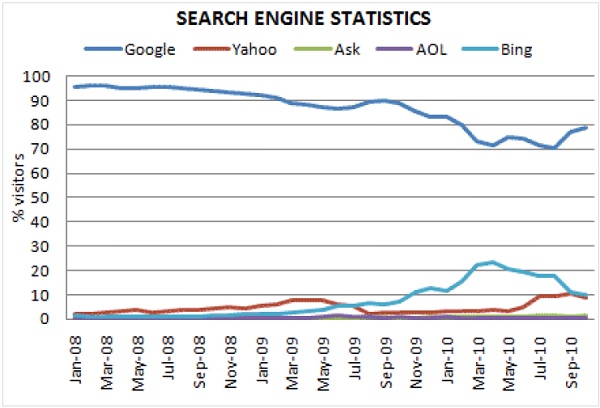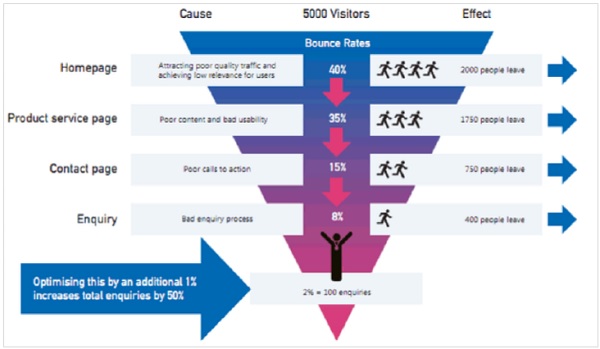
- Web Analytics - Home
- Web Analytics - Introduction
- Web Analytics - Google Analytics
- Web Analytics - Optimizely
- Web Analytics - Kissmetrics
- Web Analytics - Crazy Egg
- Web Analytics - Key Metrics
- Web Analytics - Data Sources
- Web Analytics - Segmentation
- Web Analytics - Dashboards
- Web Analytics - Conversion
- Web Analytics - Emerging Analytics
- Web Analytics - A/B Testing
- Automated Reporting & Annotation
- Actionable Reporting
- Analytics Terminology
Web Analytics - Data Sources
Data sources are simply the files created on DBM or feed. The objective of keeping a data source is to encapsulate all information in one stack and hide it from the users, e.g., payroll, inventory, etc.
Server Logs
Log files list actions that take place. They maintain files for every request invoked, for example, the source of visitor, their next action, etc.
Server logs is a simple text file that records activity on the server. It is created automatically and maintained by servers data. With the help of a server log file, you can find the activity detail of the website/pages. In activity sheet, you can find the data with IP address, Time/Date, and pages. It gives you insight on the type of browser, country, and origin. These files are only for the webmasters, not for the website users. The statistics provided by server log is used to examine traffic patterns segmented by day, week, or a referrer.
Visitors' Data
Visitors data shows the total traffic of the website. It can be calculated by any web analytics tool. With the help of visitors data, you can analyze your website improvement and can update your servers accordingly. It may comprise of −
- A top-level view of metrics
- Age and Gender of visitors
- User behavior, their location and interests
- Technology they are using, e.g., browsers and operating systems
- Breakdown of your website on devices other than desktops
- User Flow
Search Engine Statistics
Search engine statistics show the data that is acquired by organic traffic (as shown in the image given below). If the search engine traffic of a website has improved, then it means the website search ranking for the main keywords has improved. This data also helps you to −
- Find the revenue generating keywords and the keywords those are typed in search engine by visitors.
- How different Search Engines affect your data.
- Where you are lagging and where you need to focus.

Conversion Funnels
Conversion funnels is the path by which a goal (Product purchase, Lead form done, Service contact form submitted, etc.) is completed. It is a series of steps covered by the visitors to become customers. It is explained in the Bertus Engelbrechts image, given below. If more numbers of visitors are leaving the website without any purchase, then you can use conversion funnels to analyze the following −
Why are they leaving the website?
Is there any problem with the conversion path?
Is there any broken link in the conversion path or any other feature that is not working in the conversion path?

Conversion funnels help you visualize the following aspects in the form of graphics −
- The hurdles the users are facing before converting
- Where the emotional behaviors of the users alter
- Where the technical bugs become nuisance for the customers